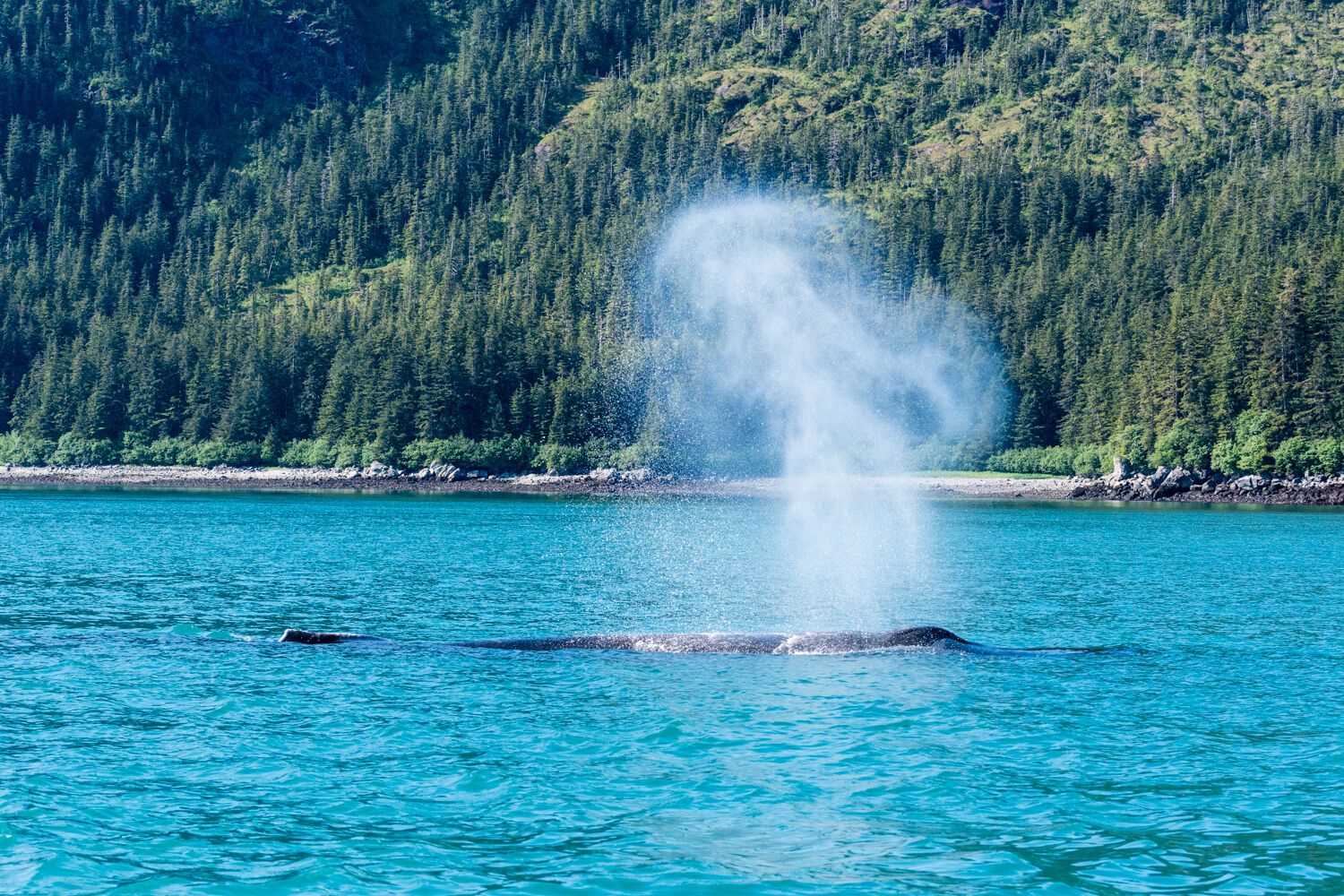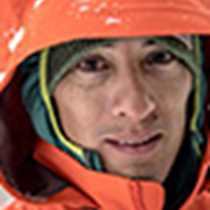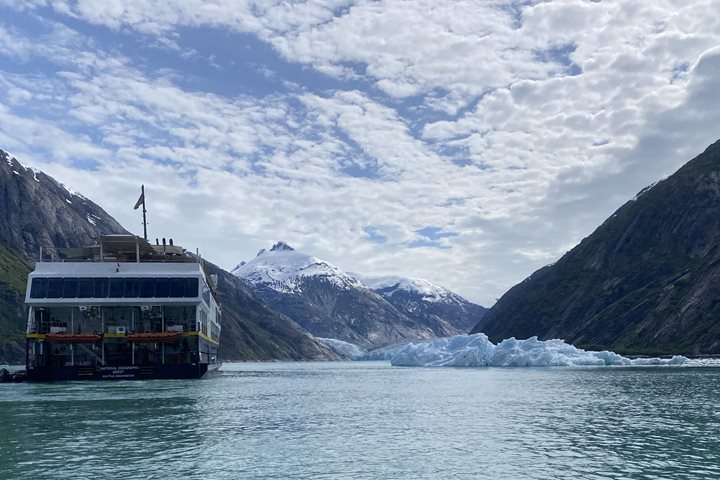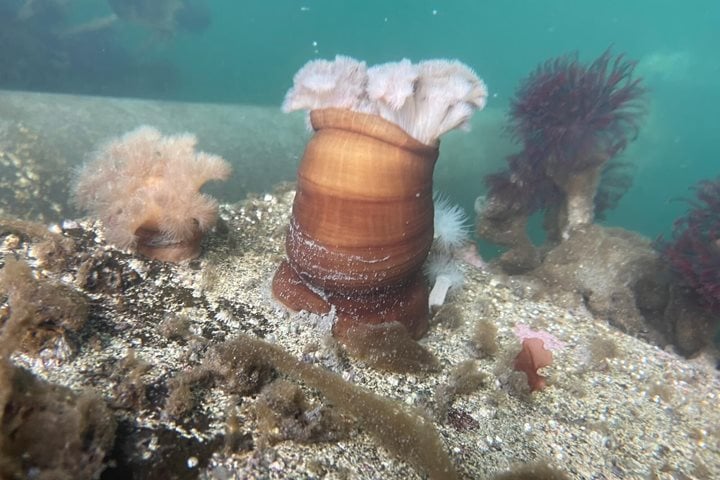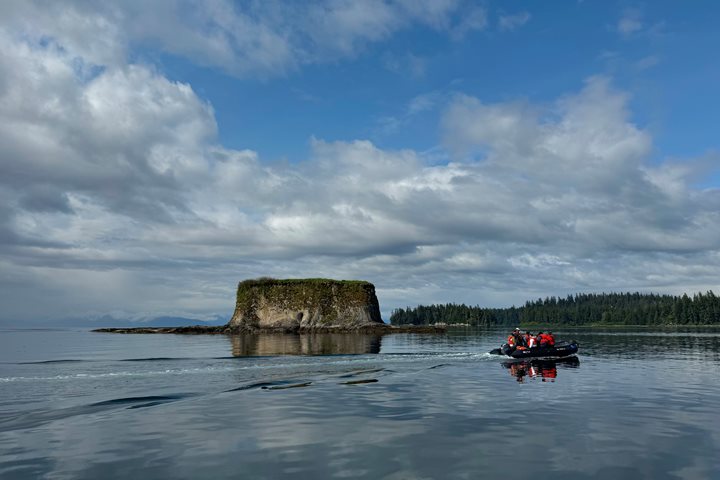We woke up to flat, calm seas with sea otters, marbled murrelets, and harbor porpoises all over the place, and the Fairweather Range looming overhead in the distance. We knew that when we dropped anchor we were in for a treat as our morning Zodiac trips around the Inian Islands were timed for a strong flood tide. In addition to a thrilling ride in the raging currents, the flood tide meant that sea lions and bald eagles would be gorging themselves on fish brought up from the depths in the upwelling. We even saw a sea otter chowing down on a basket star and a humpback whale, all before lunch!
Our afternoon at George Island was just as adventurous, with beautiful hikes on land and kayak and stand-up paddleboard adventures in the bay. We rounded out our day with a polar plunge, but the dip was welcome refreshment when the air temperature was almost 70 degrees! All in all, it was a day full of wildlife and fun.

